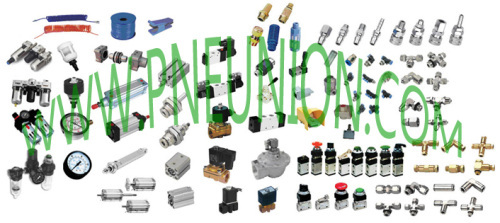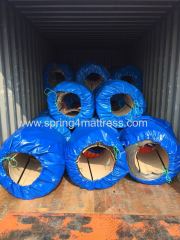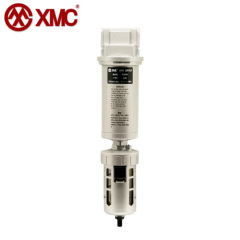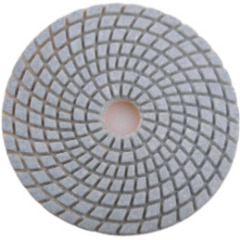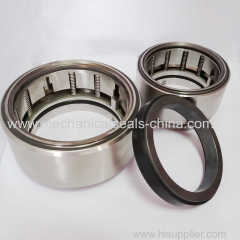Product (228)
-
Filter Regulator Lubricator
(8)

- Air Source treatment (27)
- Air cylinders (29)
- Air operated valves (44)
- Air Solenoid valves (22)
- Brass Push in fittings (11)
- Air tube fittings (70)
- Brass ball valves (5)
- Air blow guns (5)
- Vacuum Ejector (6)
- Hydraulic cylinders (1)
Valves' knowledge (1)
News (30)
Credit Report
Products Index
Company Info
E.DO TOOLS CO.,LIMITED [China (Mainland)]
Business Type:Manufacturer
City: Ningbo
Province/State: Zhejiang
Country/Region: China (Mainland)
News
How the Miniature Air Cylinders Work
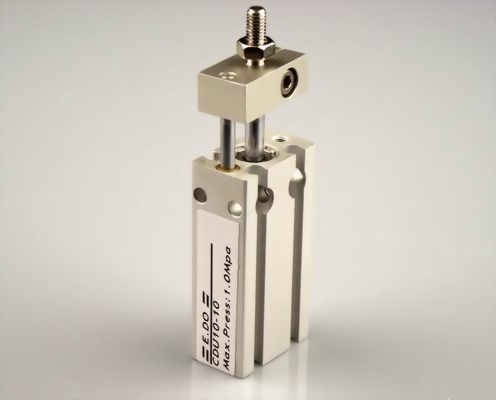
Other then its size, a miniature air cylinder works much like the average air cylinder, regardless of its size and material. Made from brass, stainless steel, aluminum or another common chemically-resistant metal, the air cylinder contains a few major components; the compressed air inlet and a piston within the metal enclosure. Whatever needs to be moved is attached to the piston, which is displaced when compressed air fills the enclosure. This is how air cylinders move objects.
With such a simple process and compact size it is no wonder that miniature air cylinders are popular amongst appropriate industries. However, like most industrial products, there are regulations that allow standard sizes and shapes to develop in the air cylinder industry. This is particularly important for miniature air cylinders since they are so small that repairing a damaged one is difficult. Therefore, replacing the worn out air cylinder makes more sense, a much simpler task when the regulations clearly state the size of air cylinder required for the application.
Pre Page:
Pneumatic Cylinders: Air into Energy
Next Page:
small air cylinders,small pneumatic...


